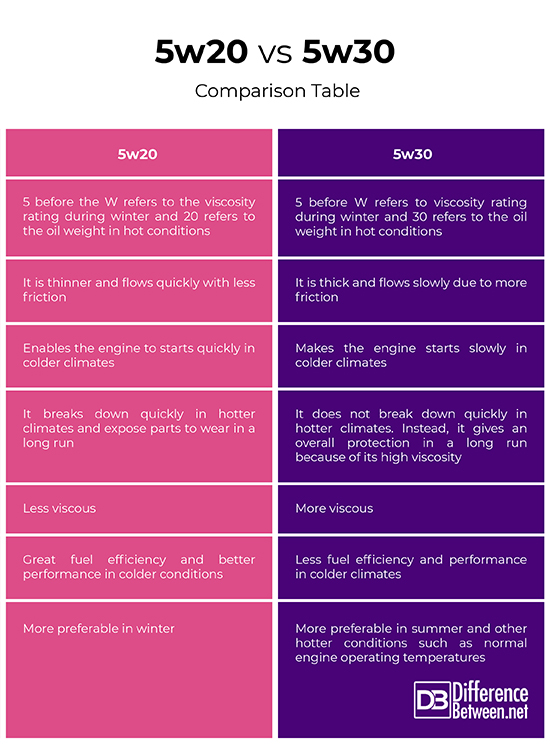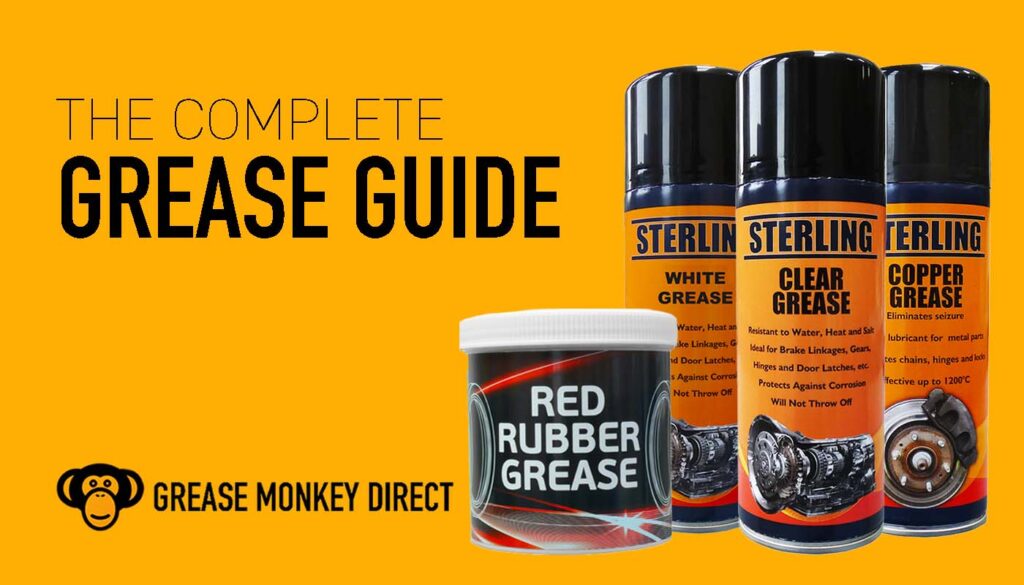Engine oil pressure is a critical factor in maintaining the health and performance of your vehicle’s engine. Low oil pressure can lead to engine damage and costly repairs. To ensure that your engine is operating at the correct oil pressure, it is important to regularly test the oil pressure using an engine oil pressure test kit. In this article, we will guide you through the step-by-step process of using an engine oil pressure test kit.

Credit: www.amazon.com
Step 1: Prepare Your Vehicle
Before performing an oil pressure test, it is important to ensure that your vehicle is in a safe and stable position. Apply the handbrake, chock the wheels, and put the transmission in neutral or park. Also, make sure that the engine is cool enough to work on.
Step 2: Locate the Oil Pressure Sender
Locate the oil pressure or temperature sender, which is usually situated in the engine block and near the sump. Remove the sender using the appropriate tools and be prepared with an oil drip tray to catch any oil that may come out.
Step 3: Attach the Oil Pressure Test Kit
Now, attach the oil pressure gauge from your test kit to the adapter. Make sure it is securely connected. It is important to check the engine oil level before starting the vehicle to ensure accurate readings.
Step 4: Start the Engine
Start the engine and let it idle. Observe the oil pressure gauge readings. The oil pressure should stabilize within a few minutes of the engine running. If the oil pressure is too low or fluctuating, it may indicate a problem with the oil pump or other components of the engine oil system.
Step 5: Record the Readings
While the engine is running, record the oil pressure readings at idle and at various RPM levels. This will help you determine if the oil pressure is within the manufacturer’s recommended range. Consult your vehicle’s manual or contact a professional if you are unsure about the ideal oil pressure for your specific vehicle.
Step 6: Interpret the Results
Compare your recorded oil pressure readings with the manufacturer’s recommended range. If the oil pressure is consistently too low or too high, it may indicate a problem with the oil pump, oil filter, or other engine components. In such cases, it is recommended to consult a qualified mechanic for further diagnosis and repairs.
Step 7: Clean Up
Once you have finished the oil pressure test, carefully remove the oil pressure gauge from the adapter. Clean any spilled oil and reinstall the oil pressure or temperature sender. Dispose of any used oil properly and clean the work area to prevent any accidents or contamination.
Frequently Asked Questions
How To Use An Oil Pressure Test Kit?
To use an oil pressure test kit, start with a cool engine and secure the vehicle. Locate the oil pressure sender, remove it, and attach the gauge adapter. Connect the oil pressure gauge and check the engine oil level. Start the vehicle and monitor the pressure reading.
What Is The Correct Way To Test The Oil Pressure In An Engine?
To test oil pressure in an engine, use an OBDII scan tool with live mode for newer vehicles. For older ones, use a mechanical or electronic gauge. Ensure the engine is cool, locate the oil pressure sender, remove the switch, attach the oil pressure gauge, and check the oil level before starting the vehicle.
What Is Important Before Doing An Oil Pressure Test?
Before doing an oil pressure test, make sure that the engine is cool enough to work on, apply the handbrake, chock the wheels and put the transmission in neutral or park. Locate the oil pressure or temperature sender situated in the engine block, remove the switch, and be prepared with an oil drip tray to catch any oil.
At What Rpm The Engine Oil Pressure Test Is Done?
The engine oil pressure test is done at idle and at 2000 RPM to check for any fluctuations.
Conclusion
Regularly testing the oil pressure of your engine is an essential maintenance task that can help you identify potential issues before they become major problems. By following these steps and using an engine oil pressure test kit, you can ensure that your vehicle’s engine is operating at the correct oil pressure, promoting its longevity and performance.



